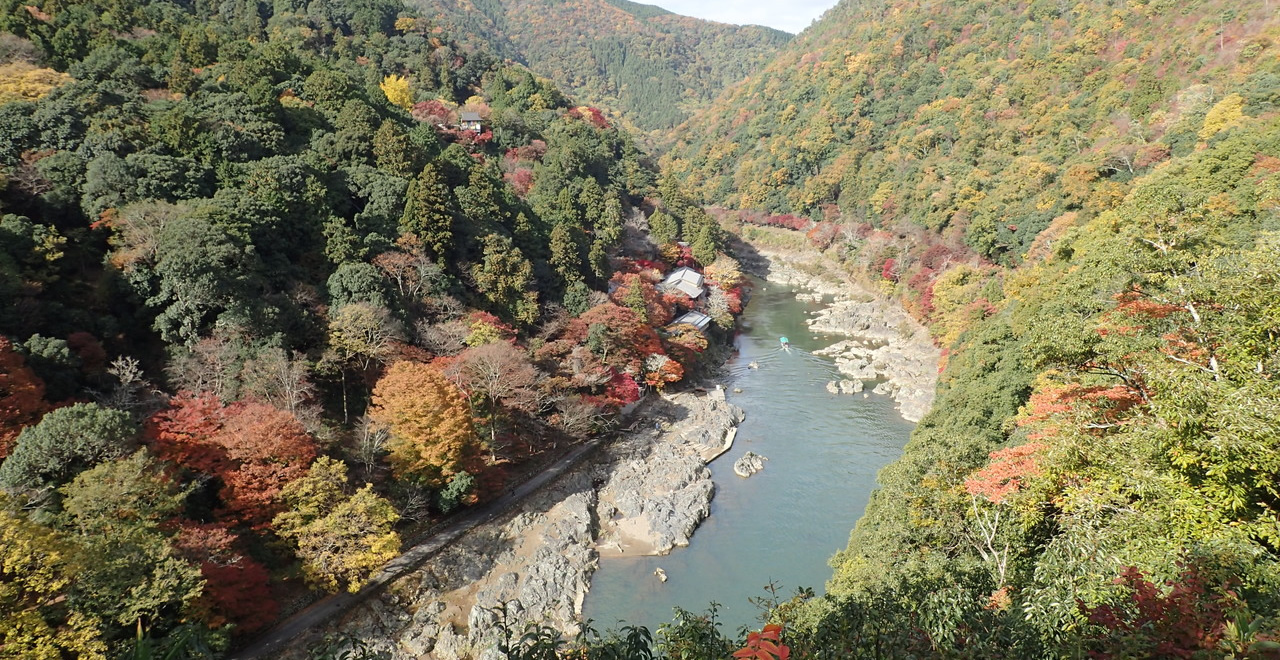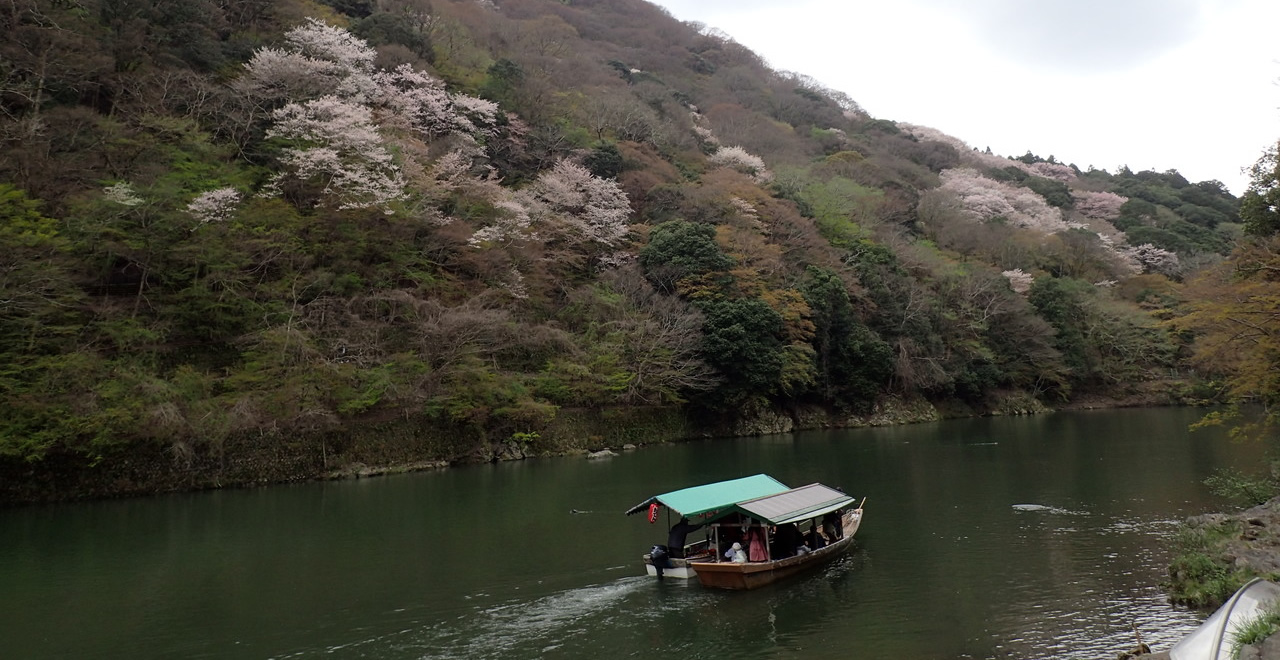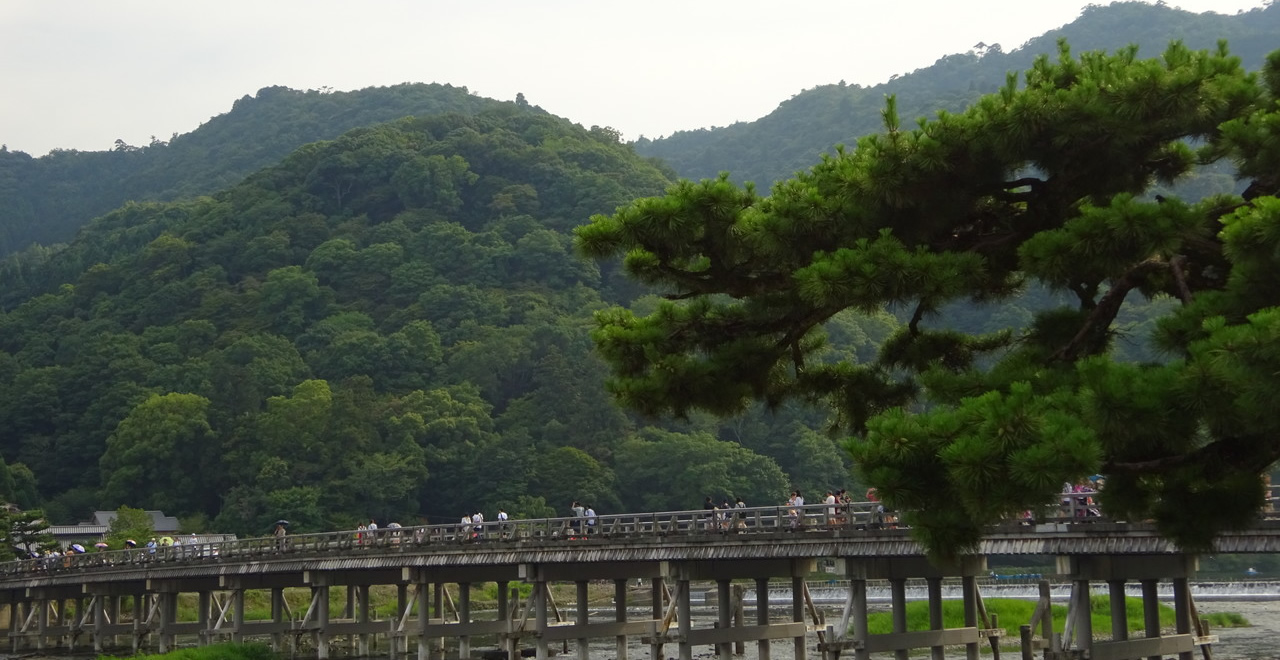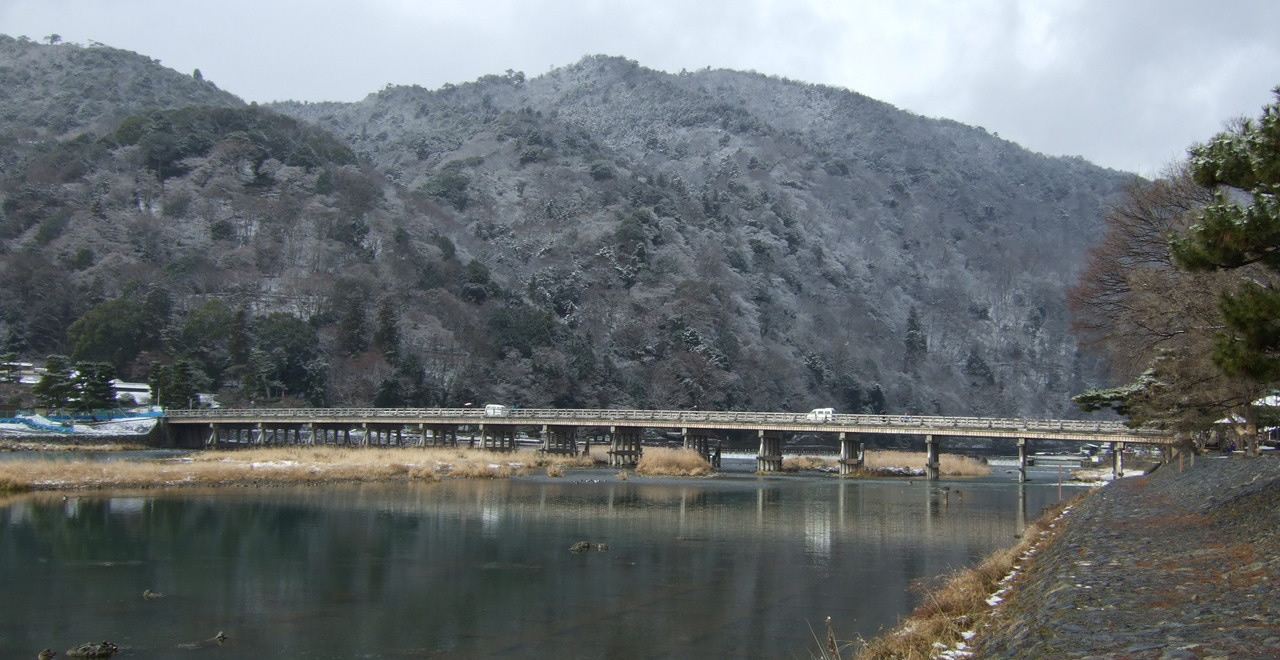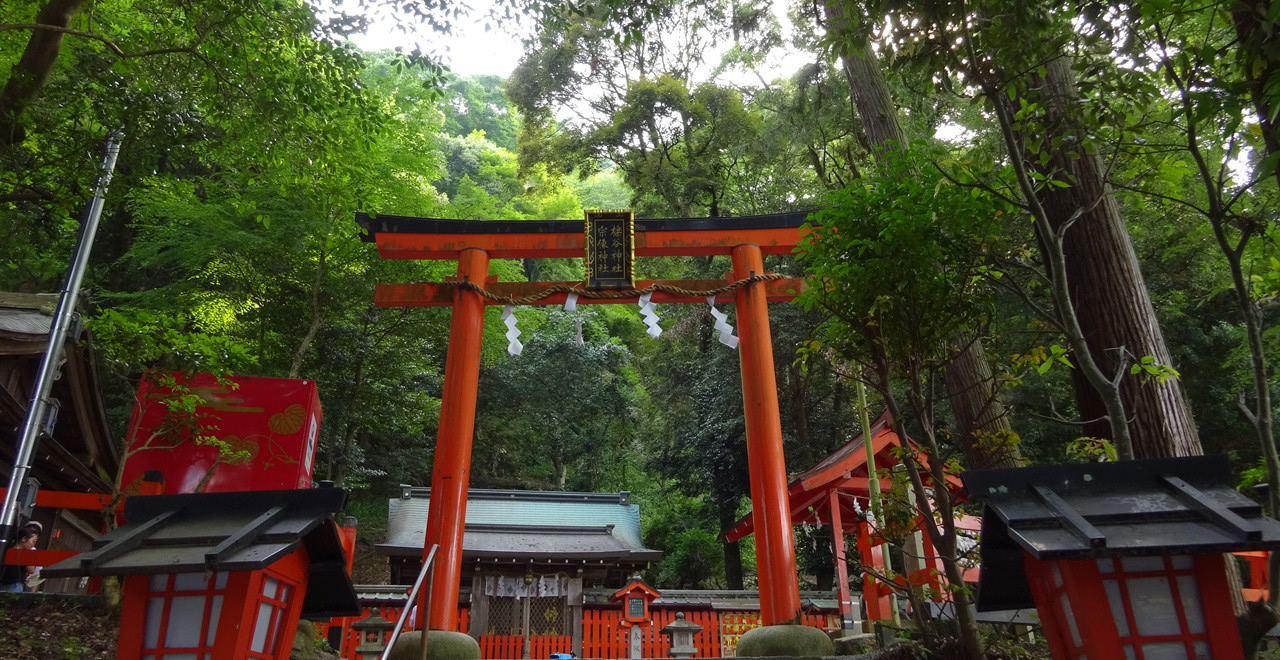Arashiyama Scenic Forest
59.89ha
Mountains, river and bridge in perfect harmony
savor the changing seasonal colors of the forest at Arashiyama, the picturesque spot so beloved by Heian aristocrats
Mountains, river and bridge in perfect harmony
savor the changing seasonal colors of the forest at Arashiyama, the picturesque spot so beloved by Heian aristocrats
- Newest information
- Gathering information in advance is important to safely enjoy forest recreation that brings you closer to nature.
・CHECK
・When you go out, please check local tourist and related information and gather information on road closures, weather conditions, etc.
- Area
- Kinki Chugoku
- Activities
- Flower-viewing (Outside the forest) Autumn leaf viewing (Outside the forest) Birdwatching (Outside the forest) Picnics (Outside the forest) Areas for paddling/fishing (Outside the forest)
- Overview
-
- Geographical/topographical features
- Arashiyama Scenic Forest covers almost all of the forested area that can be seen upstream from Togetsukyo Bridge, on the right bank of the Oi River, which flows through western Kyoto City. The slopes are very steep, with an average grade in excess of 30°.
- Historical/cultural features
- Arashiyama's history as a noted beauty spot began in the 7th century, when it became a place of recreation for the denizens of Kyoto following a visit by Emperor Kanmu (737-806). Its appeal lies in the harmonious composition of its scenery, featuring the changing seasonal appearance of Mount Arashi, the limpid waters of the Oi River, and the elegant lines of Togetsukyo Bridge.
Most notably, it has been famed for its spectacular views of autumn leaves since ancient times, to the extent that “Arashiyama” (literally, “Storm Mountain”) became indelibly associated with autumnal foliage in classical poetry, including the verses below.
To the storied stream
Of Oi River do we come
To pay our call,
And here we see the colored leaves
Famed to be torn from Storm Mountain
Emperor Shirakawa (1053-1129)
The autumn leaves dance
As the storm blows away
The mist above,
And the peak that appears clear and bright
Is Arashiyama
Fujiwara no Sadaie (1162-1241)
Later, Arashiyama also became renowned for its cherry blossom, after Emperor Go-Saga (1220-1272) had several hundred cherry trees (Prunus) transplanted to the area from Mount Yoshino during the construction of his imperial villa (Kameyama-den) at the end of the 13th century. These are celebrated in such poems as the following.
Arashiyama
Yet it could be
Yoshino transplanted;
A waterfall's white threads
Cascade onto the cherry blossom
Emperor Go-Uda (1267-1324)
Subsequently, Muso Kokushi (Soseki) (1275-1351), who founded Tenryuji Temple, is said to have also transplanted several thousand yamazakura, Japanese mountain cherry (Prunus jamasakura) here from Mount Yoshino. - Climate, flora and fauna
- While sugi, Japanese cedar (Cryptomeria japonica) and hinoki, Japanese cypress (Chamaecyparis obtusa) grow in some parts of the forest, it is mostly an old-growth natural forest, with maple (Acer); keyaki, zelkova (Zelkova serrata); cherry (Prunus); and arakashi, Japanese blue oak (Quercus acuta). In addition, akamatsu, Japanese red pine (Pinus densiflora) grow along the ridge line.
- Attractions
- Visitors can, of course, enjoy exquisite views of the harmonious scenery formed by Togetsukyo Bridge and Oi River against a backdrop of cherry blossom in Spring and scarlet and gold leaves in Fall. In addition, on the opposite bank of Oi River, Kameyama Park offers a panoramic vista of the beautiful Hozu Valley, which is said to remain virtually unchanged from the Heian period, over a thousand years ago. This area is also home to famous temples such as Tenryuji Temple, a World Cultural Heritage site and location of the notable garden Sogenchi-teien, which uses Mount Arashi as borrowed scenery. Visitors can encounter wild monkeys at Arashiyama Monkey Park Iwatayama, or take to the river in a hired boat or on a Yakatabune cruise to get a taste of what it was like to be a Heian period aristocrat.
- Other
- The inner part of Arashiyama National Forest has steep slopes, with a risk of falling rocks, so the public is not permitted to enter. Please enjoy the forest from outside, as a picturesque backdrop to Togetsukyo Bridge and temples such as Tenryuji.
- Latest Information
- -
- Usage Guide
-
- Entrance fee
- None (entry to the forest prohibited)
- Accommodation options
- As well as accommodation in the Arashiyama area, visitors can choose from a wide array of accommodation options in downtown Kyoto.
- Facility
- Toilets and drinking fountains (Outside the forest) Walking trail (Outside the forest) Parking lot (Outside the forest) Observation platform (Outside the forest) Vending machine (Outside the forest) Shop (Outside the forest) Restaurant (Outside the forest) World Heritage Site / Cultural Property (nationally designated) (Includes surrounding area) Accommodation facilities (Hotels/Japanese inns) (Outside the forest)
- Map
- Address
- Arashiyama Genrokuzan-cho, Nishikyo-ku, Kyoto-shi
- Access
(Distances and times are provided as a guide only) -
- By public transport
-
<Access from nearest railway station / bus stop>
- ・About 5 minutes on foot from Arashiyama Station on the Keifuku Electric Railroad Arashiyama Line
- ・About 5 minutes on foot from Arashiyama Station on the Hankyu Arashiyama Line
- ・About 15 minutes on foot from Saga-Arashiyama Station on the JR Sagano Line
<Access from major transport hubs to nearest railway station / bus stop>- ・Kyoto Station (Karasuma Subway Line: about 5 minutes) → Karasuma Oike Station (Tozai Subway Line: about 10 minutes) → Uzumasa Tenjingawa / Randen Tenjingawa Station (Keifuku Electric Railroad Arashiyama Line: about 15 minutes) → Arashiyama (Keifuku Electric Railroad)
- ・Hankyu Umeda Station (Kyoto Line: about 35 minutes) → Katsura (Arashiyama Line: about 10 minutes) → Arashiyama Station (Hankyu)
- ・Kyoto Station (JR Sagano Line: about 20 minutes) → Saga-Arashiyama
- By car
-
<Access>
- ・Kyoto-Jukan Expressway (from the Meishin Expressway) Oharano IC / (from the Fukuchiyama direction) Kutsukake IC → Route 9 → Mozume-kaido Road (approx. 8 km)
- ・Traffic jams frequently occur, so we recommend that visitors use public transport.
<Car parking capacity / parking charges>Private parking lots are available in the vicinity.
- Nearby tourist facilities
-
- Tenryuji Temple, Horinji Temple, Kameyama Park, Mount Ogura, Arashiyama Monkey Park Iwatayama, etc.
- Management office contact details
-
Kyoto/Osaka Forest Administration OfficeTEL : 075-414-9822
- Official Tourist Information
-
Kyoto City Official Travel Guide [External link]Kyoto City Tourism Association [External link]Kyoto Arashiyama Conservation Association [External link]
- Recreation Forest Management Committee
- -
- Supporters
- -
- Other
- -





